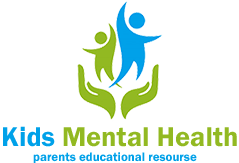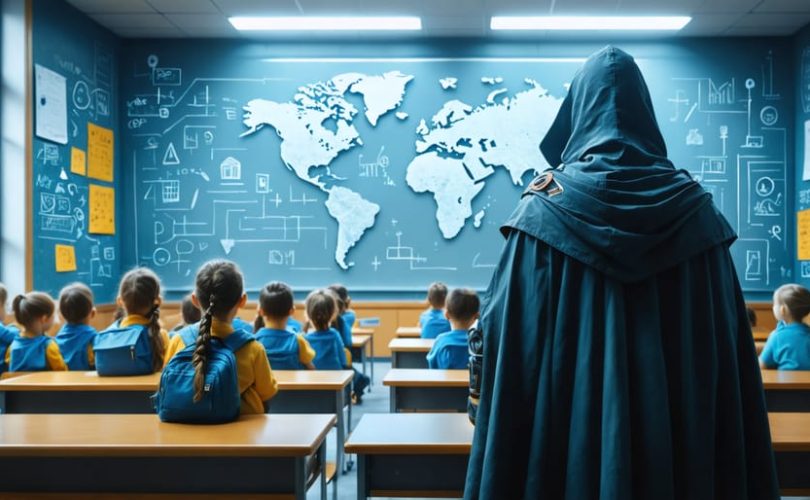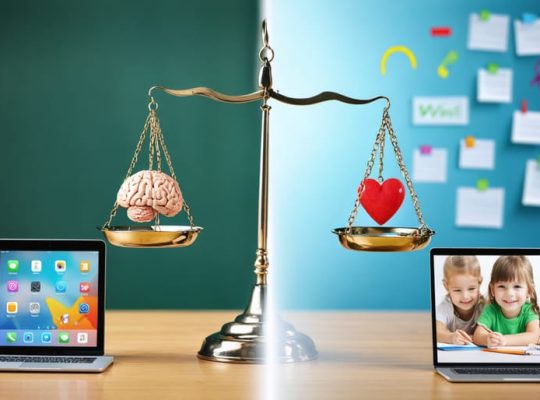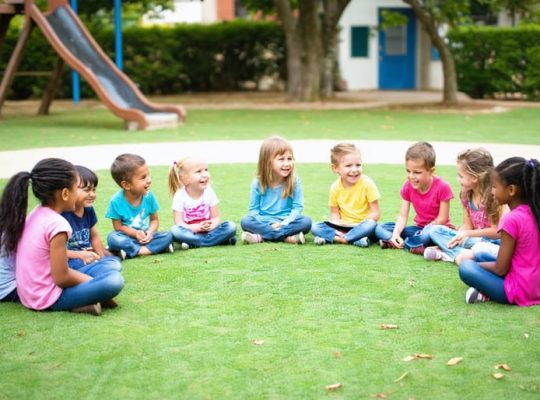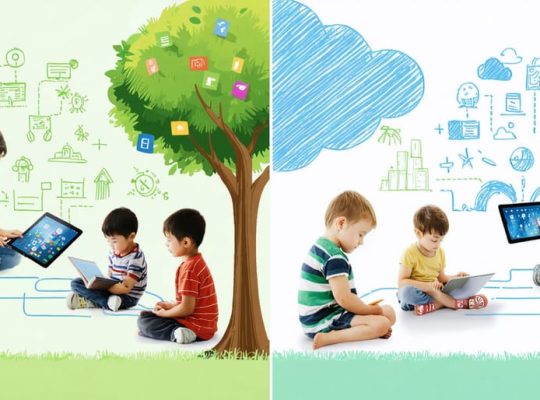The safety and well-being of students depends on maintaining appropriate professional boundaries in educational settings. Recent studies indicate that inappropriate teacher-student relationships affect approximately 10% of K-12 students, with devastating long-term consequences for emotional development, academic success, and mental health. These incidents often go unreported due to fear, shame, or manipulation, creating a critical need for vigilant awareness and prevention.
Parents, educators, and school administrators must work together to recognize warning signs and implement robust safeguarding measures. Early identification of concerning behaviors – such as excessive private communication, special treatment, or boundary violations – can prevent escalation and protect vulnerable students. Understanding the complex dynamics of these relationships, including power imbalances and grooming behaviors, enables communities to create safer educational environments.
This article examines the key indicators of inappropriate relationships, outlines essential prevention strategies, and provides guidance for responding to suspected misconduct. By fostering open dialogue and maintaining clear professional boundaries, we can better protect students while preserving the positive mentor-student relationships that are vital to education.
Understanding Appropriate vs. Inappropriate Boundaries
Professional Teaching Boundaries
Professional educators understand the importance of building healthy relationships with students while maintaining clear boundaries. Appropriate teacher-student interactions include maintaining a professional tone during conversations, keeping classroom doors open during one-on-one meetings, and communicating through official school channels only.
Teachers should engage with students in group settings whenever possible and ensure all interactions are learning-focused. Acceptable behaviors include offering academic guidance during school hours, providing constructive feedback on assignments, and supporting students’ educational goals through established school programs.
Physical boundaries are equally important. Appropriate physical distance should be maintained, and any necessary physical contact should be limited to situations like emergencies or specific teaching demonstrations with proper supervision. Teachers should also avoid discussing personal matters, sharing social media connections, or meeting students outside of school-sponsored events.
Remember that positive teacher-student relationships can be nurturing and supportive while remaining professional. This includes celebrating academic achievements, offering encouragement during challenging times, and serving as a role model within the educational setting.
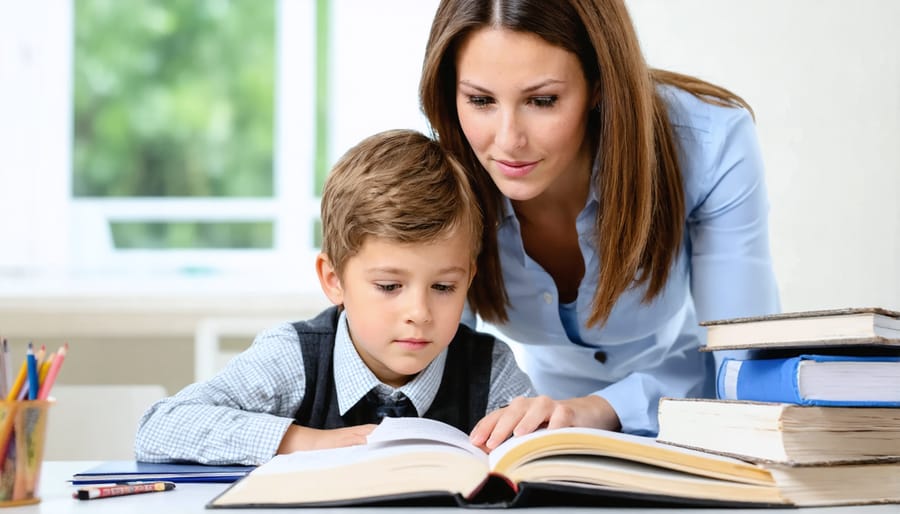
Red Flags and Warning Signs
Being aware of potential warning signs is crucial for maintaining safe educational environments. Common red flags include a teacher showing favoritism toward specific students, giving special privileges, or spending excessive time alone with them. Watch for inappropriate communication through personal channels like text messages, social media, or private emails outside of approved school platforms.
Other concerning behaviors might include giving personal gifts, meeting students outside of school hours without valid educational purposes, or discussing overly personal matters unrelated to academics. Physical warning signs can include unnecessary touching, sitting too close, or finding reasons to be alone with a student.
Pay attention if a student suddenly changes their behavior, becomes secretive about their relationship with a teacher, or shows signs of emotional distress. Other indicators include a teacher making inappropriate comments about a student’s appearance or sharing personal problems with them.
Parents and colleagues should also note if a teacher frequently volunteers to mentor specific students alone or creates situations where they can be isolated from others. Any pattern of boundary violations, however small, should be taken seriously and reported to appropriate authorities.
Impact on Student Mental Health
Short-term Effects
When students experience inappropriate relationships with teachers, the immediate psychological and emotional effects can be devastating. These experiences often significantly impact a student’s mental well-being, leading to intense feelings of confusion, shame, and betrayal.
Many students report experiencing anxiety, depression, and difficulty concentrating in school. Their academic performance typically suffers as they struggle to maintain focus and motivation. Trust issues often emerge, making it challenging for them to form healthy relationships with other authority figures or peers.
Students may also experience:
– Sudden changes in mood and behavior
– Withdrawal from friends and family
– Sleep disturbances and nightmares
– Loss of self-esteem and confidence
– Feelings of guilt or self-blame
– Difficulty maintaining boundaries in other relationships
Dr. Sarah Martinez, a child psychologist specializing in trauma, notes: “The immediate impact can be overwhelming for young people who are still developing their sense of self. They often struggle with conflicting emotions – feeling special and chosen while simultaneously experiencing fear and confusion.”
It’s crucial to recognize these effects early and provide immediate support through counseling and therapy. Creating a safe, non-judgmental environment where students can express their feelings is essential for beginning the healing process.
Long-term Consequences
The lasting effects of inappropriate teacher-student relationships can have a profound impact on mental health well into adulthood. Survivors often experience complex trauma that manifests in various ways, including depression, anxiety, and difficulties forming healthy relationships. Many report struggling with trust issues, particularly in academic or mentoring relationships, which can affect their educational and career trajectories.
Dr. Sarah Chen, a child psychologist specializing in trauma, explains: “These experiences can fundamentally alter a young person’s sense of safety and self-worth. The breach of trust from someone in a position of authority can create deep-seated emotional wounds that require extensive therapeutic support to heal.”
The emotional aftermath often extends beyond the individual student, affecting family dynamics and peer relationships. Parents frequently report feelings of guilt and helplessness, while siblings may experience secondary trauma. Support groups have shown that survivors benefit greatly from connecting with others who understand their experiences, helping them realize they’re not alone in their healing journey.
Recovery is possible with proper support and intervention. Many survivors have found strength through therapy, advocacy work, and rebuilding their sense of agency. Early intervention and consistent emotional support from family members, mental health professionals, and support networks play crucial roles in the healing process.
Prevention Strategies
School Policies and Guidelines
Educational institutions must establish and maintain clear, comprehensive policies to prevent inappropriate teacher-student relationships. These policies typically include strict guidelines on communication, physical contact, and one-on-one interactions between teachers and students.
Most schools require teachers to communicate with students only through official channels, such as school email addresses or approved messaging platforms. Personal phone numbers, social media connections, and private messaging are generally prohibited. Additionally, meetings with students should take place in visible areas with windows or open doors during school hours.
Schools often implement mandatory reporting protocols, requiring staff members to report any concerns about potentially inappropriate relationships immediately. Regular training sessions help educators understand proper boundaries, recognize warning signs, and maintain professional relationships with students.
Many institutions have adopted specific policies regarding:
– Digital communication and social media usage
– After-school activities and tutoring
– Transportation of students
– Gift-giving between teachers and students
– Physical contact guidelines
– Documentation of one-on-one meetings
These policies should be clearly communicated to all staff members, students, and parents through handbooks, orientation sessions, and regular reminders. Schools must also ensure consistent enforcement of these guidelines and maintain transparent processes for investigating concerns or violations.
Regular policy reviews and updates help institutions adapt to changing circumstances, such as increased digital communication and remote learning environments, while maintaining student safety as the top priority.
Parent and Student Education
Education starts with open, age-appropriate conversations about personal boundaries and safety. Parents should begin teaching children from an early age about appropriate touching, personal space, and the importance of speaking up when something feels wrong. These discussions should be ongoing and evolve as children grow older.
Empowerment is key in protecting children from inappropriate relationships. Teach children that they have the right to say “no” to any adult, including authority figures, when they feel uncomfortable. Help them understand that secrets about touching or inappropriate behavior should never be kept, even if an adult asks them to.
Parents should also educate themselves about digital safety and monitor their children’s online interactions with teachers and other adults. This includes being aware of communication through social media, email, or messaging apps outside of approved school platforms.
Create a supportive environment where children feel safe discussing their concerns. Listen without judgment and validate their feelings. Make it clear that they won’t get in trouble for reporting uncomfortable situations, even if they’ve been told otherwise.
Teach children to recognize warning signs, such as teachers requesting to meet alone, offering special privileges, or asking to keep secrets. Role-playing scenarios can help children practice responding to uncomfortable situations and build confidence in setting boundaries.
Remember that education is prevention. When children understand their rights and have strong support systems, they’re better equipped to recognize and report inappropriate behavior.
Creating Safe Reporting Systems
Creating effective reporting systems is crucial for maintaining a safe educational environment. Schools must establish multiple, confidential channels through which students, staff, and parents can report concerns without fear of retaliation. These channels should include both anonymous and direct reporting options, such as dedicated phone lines, secure online forms, and trusted staff members designated as safe reporting contacts.
Dr. Sarah Martinez, a school safety expert, emphasizes, “Students need to know exactly who they can turn to and feel confident that their concerns will be taken seriously.” Schools should clearly communicate these reporting procedures during orientation sessions and regularly remind the community through newsletters and posted information.
An effective reporting system should include:
– Clear documentation procedures
– Multiple reporting options (digital and in-person)
– Guaranteed confidentiality protections
– Prompt response protocols
– Regular staff training on handling reports
– Follow-up procedures to ensure reporter safety
Schools should also partner with local law enforcement and child protection services to establish clear protocols for escalating serious concerns. Regular reviews of the reporting system help ensure its effectiveness and identify any barriers to reporting.
Remember that creating a culture of trust is essential. When students and staff feel supported and protected, they’re more likely to speak up about concerning behaviors before they escalate into serious situations.
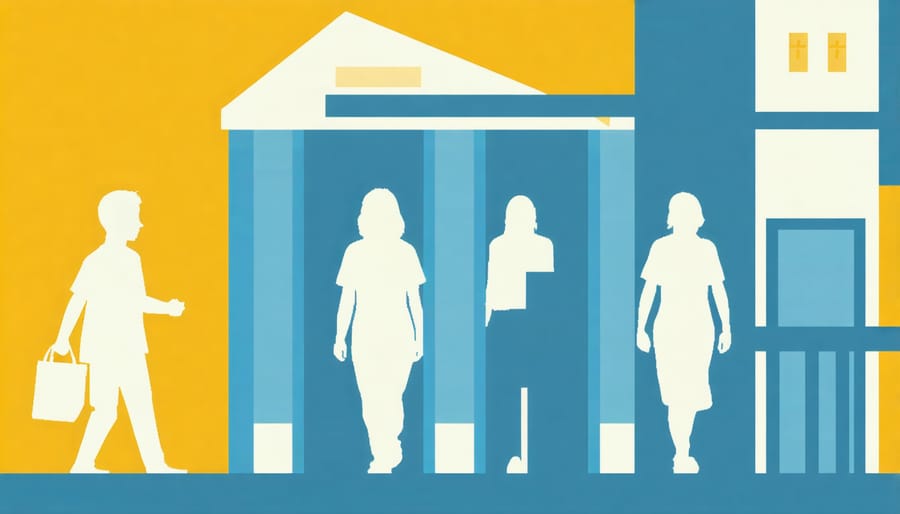
Supporting Affected Students

Mental Health Resources
Support is available for those affected by inappropriate teacher-student relationships. For students, school counselors are often the first point of contact and can provide immediate emotional support while connecting students with appropriate resources. Many communities offer specialized counseling services through child advocacy centers, which provide trauma-informed care specifically designed for young survivors.
Parents and families can access support through family therapy services, which help navigate the emotional impact and healing process together. Support groups, both in-person and online, offer safe spaces to connect with others who have had similar experiences.
For teachers and education professionals affected by witnessing or reporting these situations, employee assistance programs often provide confidential counseling services. Professional organizations also offer ethical guidance and support resources.
Crisis hotlines are available 24/7 for immediate support:
– National Sexual Assault Hotline
– Childhelp National Child Abuse Hotline
– Crisis Text Line
Remember, seeking help is a sign of strength, not weakness. Mental health professionals specializing in trauma can help develop coping strategies and work through complex emotions. Many services offer sliding scale fees or free support to ensure accessibility for all who need assistance.
Recovery and Healing
Recovery from an inappropriate teacher-student relationship requires time, patience, and professional support. The healing journey often begins with acknowledging the trauma and seeking help from qualified mental health professionals who specialize in working with young people affected by boundary violations.
Students may benefit from individual counseling to process their experiences and emotions. This therapeutic support can help them understand that they are not at fault and provide them with healthy coping strategies. Family therapy can also play a crucial role in rebuilding trust and confidence within the family unit.
Support groups can offer a safe space where survivors can connect with others who understand their experiences. These groups can help reduce feelings of isolation and shame while providing practical strategies for moving forward. Schools should also implement support systems to help affected students transition back to a normal academic environment.
Parents and caregivers play a vital role in the healing process by maintaining open communication, showing consistent support, and helping their child access appropriate resources. With proper support and understanding, survivors can work through their trauma and move toward a healthier future.
Protecting our students from inappropriate relationships requires ongoing commitment and collaboration from the entire community. When we work together – parents, educators, administrators, and support staff – we create a stronger safety net for our children. By staying vigilant and maintaining open lines of communication, we can identify concerning behaviors early and take appropriate action before situations escalate.
Remember that prevention is most effective when approached holistically. This includes regular training for staff, clear policies and procedures, support systems for both students and teachers, and age-appropriate education for students about boundaries and healthy relationships. Creating an environment where students feel safe to speak up and where staff members can recognize and report concerning behaviors is crucial.
It’s also important to acknowledge that addressing these situations can be emotionally challenging for everyone involved. Communities affected by inappropriate teacher-student relationships need support and resources to heal and rebuild trust. School counselors, mental health professionals, and support groups play vital roles in this recovery process.
By maintaining professional boundaries, fostering transparent communication, and prioritizing student safety, we can work toward preventing these inappropriate relationships. Together, we can create educational environments where students can learn, grow, and thrive under the guidance of trusted professionals who understand and respect appropriate boundaries.
